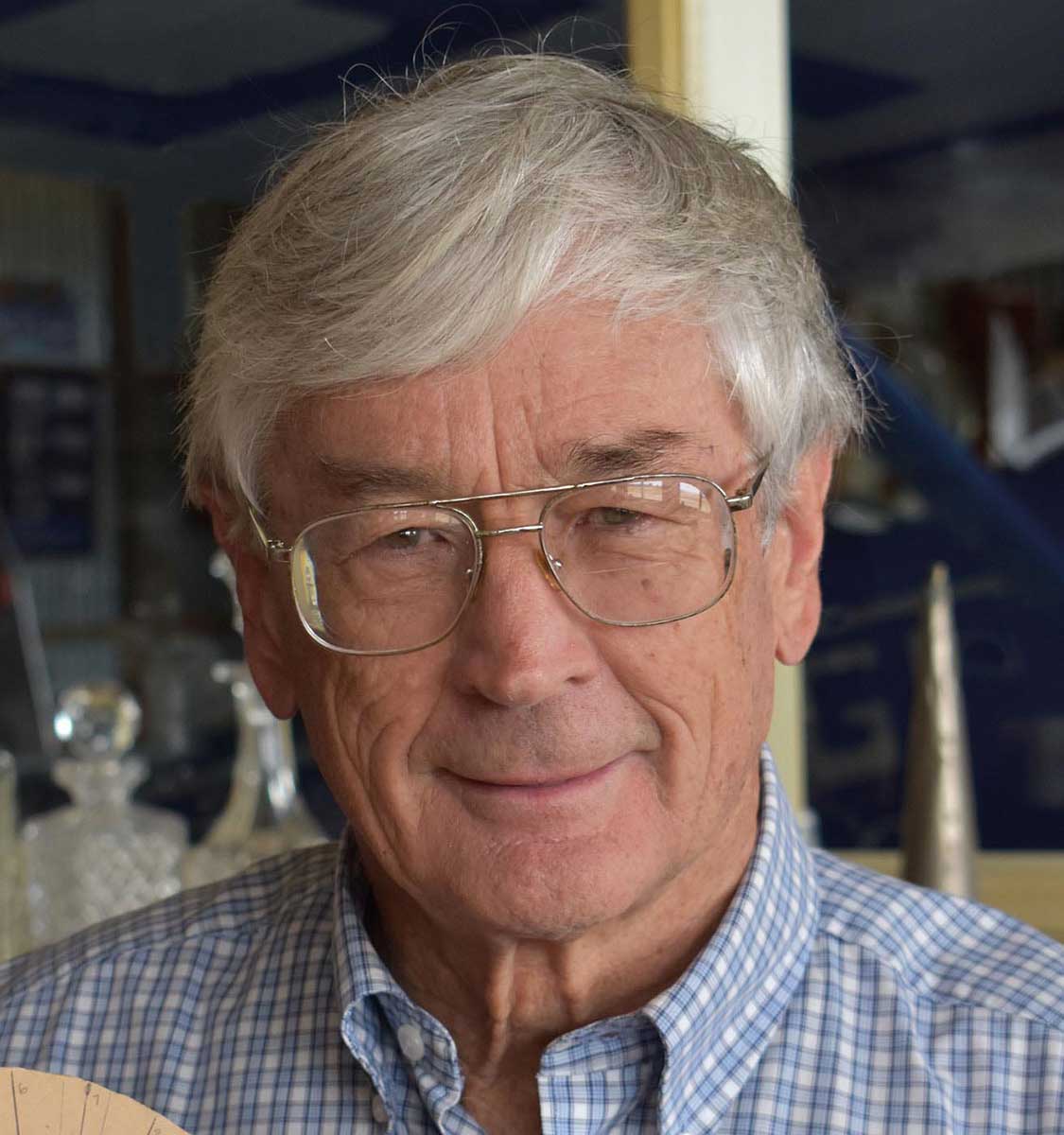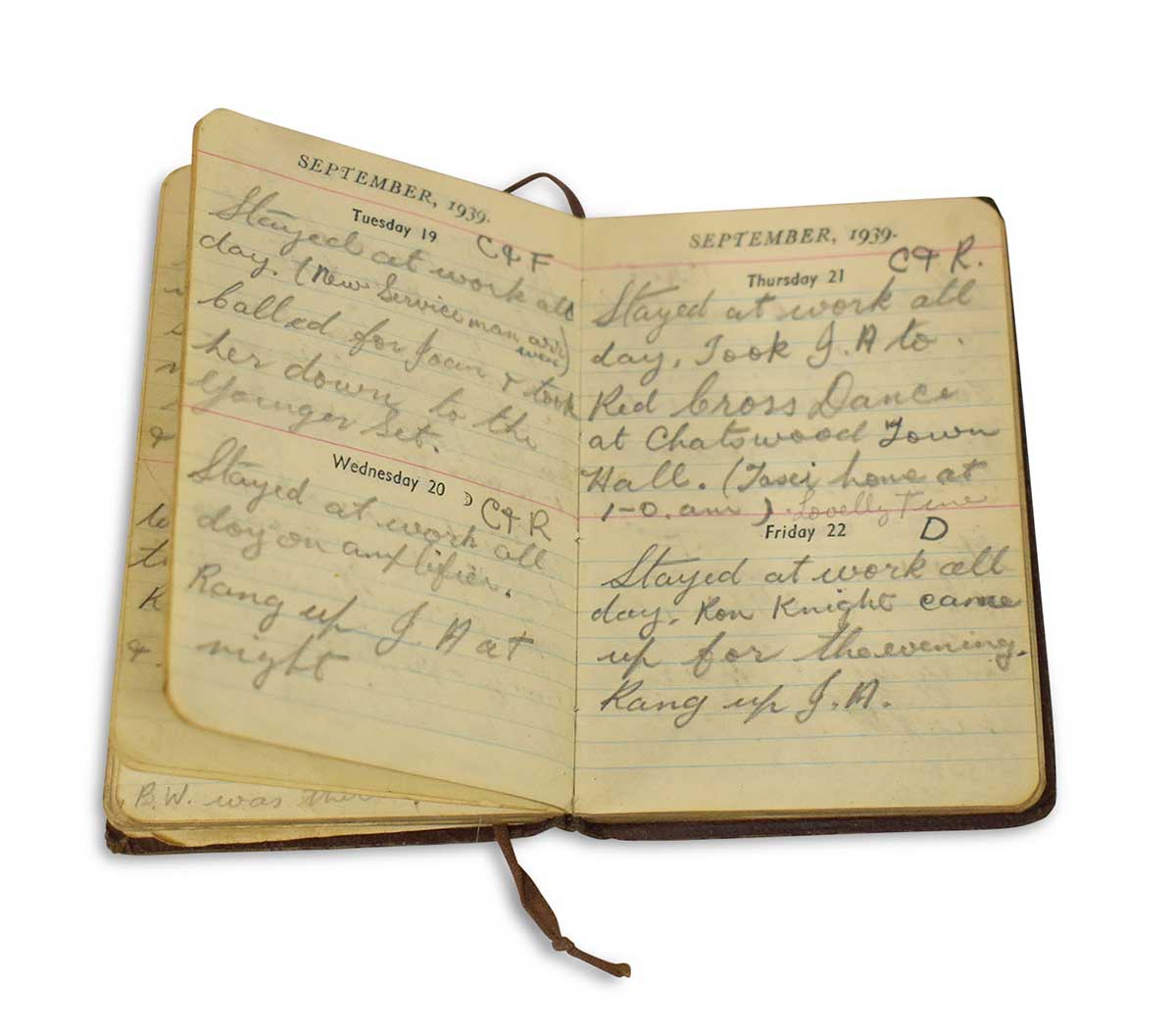
Australian adventurer, entrepreneur and philanthropist Dick Smith was the 1986 Australian of the Year and in 2015 was awarded the Companion of the Order of Australia.
Dick also has had a long association with the Friends of the National Museum of Australia.
Dick shared objects that have shaped his life, including his Uncle Harold's diary, in issue 11 of The Museum magazine.
Uncle Harold's diary

‘I never met my Uncle Harold — he died in the Second World War as a Rat of Tobruk — a young soldier with his whole life in front of him. Harold was an electronics genius.
Before the war, at his parents’ home in Roseville, Sydney, he created a radio room crammed with equipment he built himself. After his death my grandparents locked the room; everything inside was just as he left it.
I have vivid memories, as a boy of five, being allowed in — I would stand among this wonderful radio equipment and marvel at it. This is where my interest in radio began: Harold was the inspiration behind my career.
Today I have Harold’s diary. It was given to me years ago by my grandmother, a small brown leather diary, worn and much-loved. As a young man myself I was particularly struck by Harold’s entries about a young lady he was incredibly fond of, and whom he referred to only as ‘JA’.
Intrigued, I asked my mother if she knew who the mysterious ‘JA’ was. ‘That’s Joan Ashburner,’ she said. ‘She’s now the Mrs Moppet, you know, who lives around the corner. We think Joan and Harold were secretly engaged, but they never announced it, and Harold died before we could find out.’
The diary is very precious to me. It paints a vivid picture of life in 1939, of a young man in love who didn’t know that within 12 months he would be dead. I feel a real affinity for the uncle I never met — a man who had a profound impact on my life and work.’
Australians and their objects